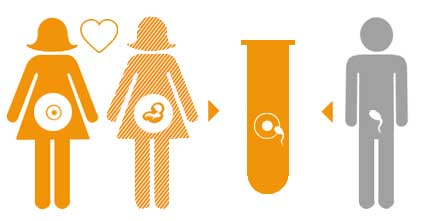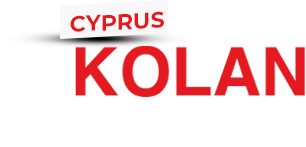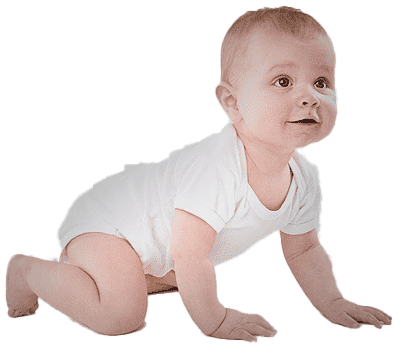Menu
ROPA METHOD

The ROPA method allows a same-sex female couple to both be involved and share motherhood. With this technique, one of them donates the eggs and the other one carries the embryo, both being mothers of the baby.
HOW IS IT DONE?
The ROPA method (Reciprocal IVF) allows 2 married women to actively participate in the pregnancy, one being the genetic mother and the other the biological mother.
This method consists of an In Vitro Fertilization (IVF) treatment in which the eggs from one of the women and the uterus of the other are available, both participating in the process, in order to achieve a full-term pregnancy and, therefore, a live birth. GENETIC MOTHER; EGG DONOR The woman who is going to donate the eggs will undergo an ovarian stimulation to make several follicles grow instead of just one, which is what would happen in a natural cycle. For this, daily subcutaneous injections will be given. Periodical ultrasound monitoring and blood tests will be carried out to assess the growth of the follicles.
This treatment usually lasts around twelve days. When we see on ultrasound that the follicles are ready, the egg collection is programmed. This intervention is a simple procedure that is carried out in the operating theatre, under sedation and usually doesn’t last more than ten or fifteen minutes. At the end, the patient will stay for approximately 2 hours under observation in the clinic and will then be able to go home maintaining relative rest for the rest of the day. Our embryology team will collect the eggs, and once the best male donor has been selected, we will proceed with the in vitro fertilization.
This treatment usually lasts around twelve days. When we see on ultrasound that the follicles are ready, the egg collection is programmed. This intervention is a simple procedure that is carried out in the operating theatre, under sedation and usually doesn’t last more than ten or fifteen minutes. At the end, the patient will stay for approximately 2 hours under observation in the clinic and will then be able to go home maintaining relative rest for the rest of the day. Our embryology team will collect the eggs, and once the best male donor has been selected, we will proceed with the in vitro fertilization.
The choice of the male donor follows rigorous selection protocols consisting of psychological, physical and analytical tests to rule out the presence of diseases. In addition, the maximum physical resemblance to the pregnant mother is sought (the other already provides her genetic information in the egg). After fertilization, the embryos remain in special incubators within the laboratory, using special culture media to guarantee their correct development. Throughout the process, embryologists analyse their morphology and the number of their cells to determine the quality of each embryo. The embryos remain in these incubators for five or six days, until they reach the blastocyst stage.
BIOLOGICAL MOTHER; CARRIER
The woman who is going to donate the eggs will undergo an ovarian stimulation to make several follicles grow instead of just one, which is what would happen in a natural cycle. For this, daily subcutaneous injections will be given. Periodical ultrasound monitoring and blood tests will be carried out to assess the growth of the follicles. This treatment usually lasts around twelve days. When we see on ultrasound that the follicles are ready, the egg collection is programmed. This intervention is a simple procedure that is carried out in the operating theatre, under sedation and usually doesn’t last more than ten or fifteen minutes.
At the end, the patient will stay for approximately 2 hours under observation in the clinic and will then be able to go home maintaining relative rest for the rest of the day. Our embryology team will collect the eggs, and once the best male donor has been selected, we will proceed with the in vitro fertilization. The choice of the male donor follows rigorous selection protocols consisting of psychological, physical and analytical tests to rule out the presence of diseases. In addition, the maximum physical resemblance to the pregnant mother is sought (the other already provides her genetic information in the egg).
At the end, the patient will stay for approximately 2 hours under observation in the clinic and will then be able to go home maintaining relative rest for the rest of the day. Our embryology team will collect the eggs, and once the best male donor has been selected, we will proceed with the in vitro fertilization. The choice of the male donor follows rigorous selection protocols consisting of psychological, physical and analytical tests to rule out the presence of diseases. In addition, the maximum physical resemblance to the pregnant mother is sought (the other already provides her genetic information in the egg).
After fertilization, the embryos remain in special incubators within the laboratory, using special culture media to guarantee their correct development. Throughout the process, embryologists analyse their morphology and the number of their cells to determine the quality of each embryo. The embryos remain in these incubators for five or six days, until they reach the blastocyst stage.
HOW TO DECIDE?
The decision about which role each one will have, that is, which one will provide eggs and which will give birth to the baby, is the couple’s decision. In many cases, both wish to be mothers but only one of them has the desire of carrying a pregnancy. When both wish to carry and only want to have one child, the gynaecologist will advise, based on the characteristics of both, which would be the best option to maximize their chances. For many couples, it is the perfect method since it allows both mothers to become biologically involved, although obviously, biology is not needed for a baby born in a family of two mothers to be as much a child of both as in the case of the ROPA method.
QUICK APPOINTMENT
Our Treatments
Menu
- Share
Share on facebook
Share on twitter
Share on linkedin
Share on whatsapp
Share on email







